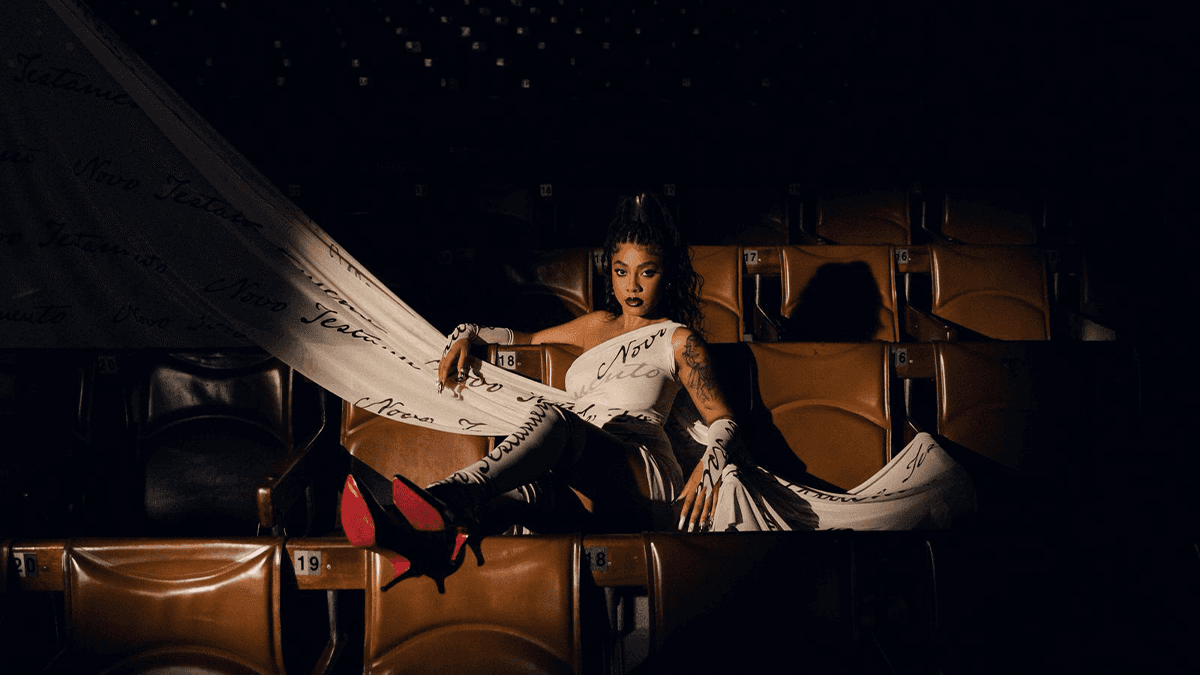A conversation with Pegge, an artist from SP
Plastic artist, Pegge was born and raised in Ermelino Matarazzo, in the capital of São Paulo. His works represent artists, athletes, characters, and above all, himself. We talked a little with him about his references, concepts, and mainly, how his “works are not the answer, but they open discussions” - check out below.
His references come from music, drawings, friends, in short, from his surroundings. What is the importance of gathering so many and how do you project them in your works?
I feel that when I put these references I show my humanity and a bit of my story and how important the act of recording is. Registering through paintings the songs I listen to, who my friends are, what I watch, all of this composes me. I show that I exist as an individual.
Recently, your art blends musicians, athletes - especially people you admire - with manga and sayings in Japanese. What is your process behind these concepts and how do you think this brings depth to your art?
Many of these works with media references come from a sense of urgency of protagonism. When I paint Kobe Bryant - who is a basketball hero - and place him with some dramatic lighting, I refer to the illustrations of the protagonists of manga that I read. None of them looked like me, but some villains did. So by doing this, I bring the image of a known figure and dissect it until it becomes an archetype of a hero and paint him in some classic anime poses.
I am painting the manga I wish I had read back when I was younger and that made me want to be an artist.
One of your principles is for your works to open discussions and not be the answer. What discussions do you wish to bring forward with your art?
I took this phrase from an interview with Spike Lee. I think that as Black artists we always have more than one layer in our work because whether we like it or not, we are voices that are heard by people who look like us. Thus, perhaps bringing a new perspective on reality. I question everything I can in my work.
I am not in a gallery because of this; no one will see my struggle like I do. As an independent artist, I open a new path, and the question is whether galleries are really the only way to go in this field.
As an artist who floats among various expressions, where do you find yourself now?
Trying a lot of new things, I became accustomed to oil paint and quickly realized what it could do and what it couldn't. So, last year I studied watercolor, gouache, pastel, ink, and tattooing too.

How do you see the grandeur and importance of representing Black individuals in your paintings?
I think that more than representing Black individuals in the works, the most important thing is to see Black artists painting.
There have always been Black individuals being painted, but always by white artists who stripped them of their humanity and only stereotyped Black people. I think that today for me it is much more rewarding to meet Black artists who truly represent.
You have been painting since 2018. Since your first canvas, what do you feel has changed in your creative process and even in your final works?
I think it’s the certainty of things and knowing what I need to do to achieve any result. I learned everything on my own by taking a canvas from my mother's house, my sister's makeup brush, and school paint. In the end, I started only with the desire to do something, and only afterward did I study many color mixes and what it meant to paint figuratively. I have always drawn, so anatomy and perspective were easy. Painting helped me a lot to free my sense of composition in works and drawings, understanding the possibilities that colors give you.
What has changed is that now I know what I like to paint.
Your self-portraits are varied. How do you like to represent yourself on a canvas and when do you decide to paint yourself?
The idea behind the self-portraits is to break the image that the system has of me and the stereotype it places on me. So, when I portray myself listening to jazz, depicting myself feeling something, representing myself alive or reading a manga, I confront an entire society that says I shouldn't be like this - I decided to paint myself every time I saw that what I was doing was not what I was supposed to be doing, according to them. Showing that I am the one who makes my story.
What are your projections for this year, whether in terms of professional, artistic, and personal aspects?
I really want to exhibit more often this year, travel more with my work, and have some projects outside of Brazil, I feel that it’s what I need at this moment in my career. Perhaps launching a painting course, after all, I started painting because of a graffiti workshop back in my neighborhood in Ermelino Matarazzo. I feel that I have to give back these teachings to the world as well.
See others like this





